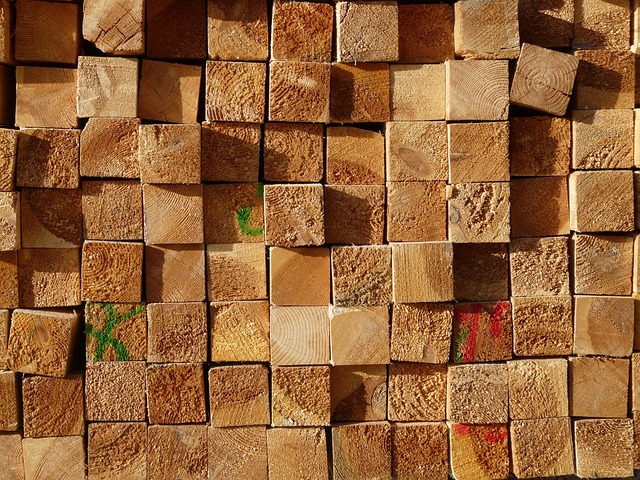
When it comes to residential construction, especially framing, green lumber remains a commonly used material. But while it might be widely available, it’s not without its complications. If you’re building a new home or evaluating an older one, understanding how green lumber behaves can help you make more informed decisions—or spot potential red flags during inspections.
What Exactly is Green Lumber?
Green lumber is freshly cut wood that hasn’t gone through a kiln-drying process. As a result, it holds a significant amount of internal moisture. While the term “green” has nothing to do with color, it does reflect the lumber’s wet state. Depending on storage and the time since milling, moisture content can be quite high—sometimes over 30%.
Why Builders Still Use It
1. Lower Cost
Green lumber is typically more affordable than kiln-dried wood. Because it skips the drying stage, production costs are reduced, which translates to lower pricing for builders.
2. Local Availability
In areas where local mills operate, green lumber is often more accessible. That makes it appealing when supply chain delays or budget concerns arise during a build.
3. Easier to Work With
When freshly milled, wood is softer. This makes it easier to cut, nail, and handle, especially when working with hand tools.
Potential Downsides to Be Aware Of
1. Shrinking and Warping Over Time
As green lumber dries out after installation, it will naturally shrink. This can lead to warping, twisting, or cracking—especially if drying happens unevenly. In real terms, that might mean gaps in trim, nail pops, or uneven wall surfaces.
2. Mold and Moisture Concerns
In climates like ours — where summers are humid and winters bring fluctuating temperatures—moist lumber can be more prone to mold and mildew. If it’s enclosed in walls or covered too quickly, moisture may get trapped, creating long-term issues.
3. Loose Fasteners
As the wood dries and shifts, nails or screws may no longer hold as tightly. This can affect structural elements over time, particularly in load-bearing walls or roof assemblies.
Smart Use of Green Lumber
If green lumber is being used, it’s important to let it dry out as much as possible before it’s sealed inside walls or covered with siding. Proper air circulation, protective storage, and a little patience can go a long way. Builders should also account for potential movement in their measurements and fastening techniques.
Final Thoughts
Green lumber isn’t a bad material—when handled correctly, it can be an economical and effective choice. But it does require foresight and an understanding of how moisture behaves in wood. Whether you’re inspecting an older structure or overseeing new construction, being aware of how green lumber performs can help you avoid costly surprises later on.
